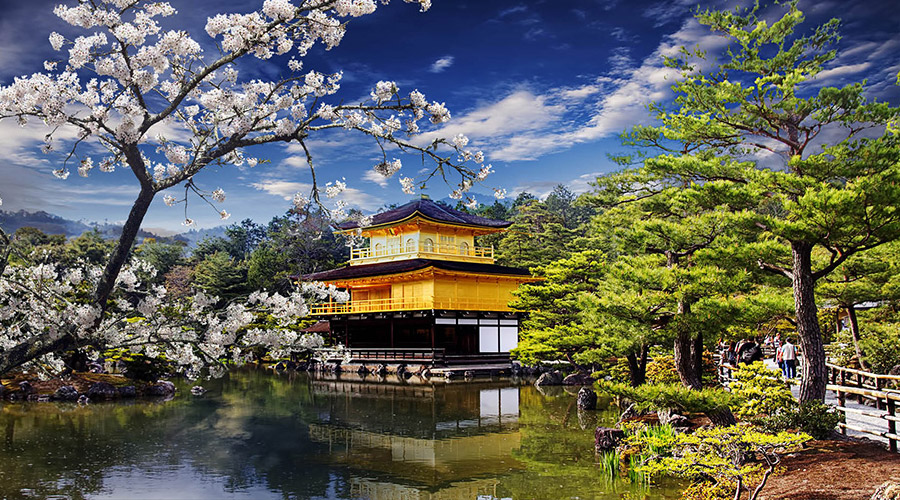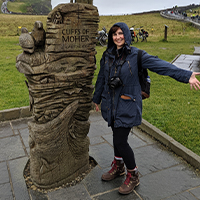
Considering a trip to Japan? Prepare for an unforgettable experience in this fascinating, culturally-rich country by learning what to expect – familiarizing yourself with some of the unique aspects of daily life and customs to in the land of the rising sun.
Understand the Landscape
Japan is an archipelago made up of more than 6,800 islands with three quarters of the land being either forest or mountains, leaving little for residential, industrial, or farming areas. Yet it is densely populated for its size. Travel to Tokyo, where rich tradition and pop culture coexist harmoniously. Tokyo ranks as the most populated city in the world and is a trailblazer for the latest trends in technology, fashion, and design.
Try the Japanese Way
Japanese culture is complex, but that’s just one of the things we love about it. There are some aspects of everyday life in Japan that might be unfamiliar to Western visitors. For example: It’s customary to bow politely when meeting someone. It’s perfectly okay to slurp your bowl of ramen. If you want to try some delicious food from a street vendor, be sure to stop to enjoy it – as it’s generally frowned upon to eat or drink whilst walking along the street. Public trash bins are a rare sight, as people in Japan are used to disposing of their own trash at home. Whilst some things may be different than what you’re used to, just remember being respectful of local customs is a key to connecting with the people and place.
Take the Local Transport
Shinkansen bullet trains have been operation in Japan for more than 50 years. They are entirely electric and emit just one eighth of the carbon per passenger mile as a typical commercial jet. It’s such a comfortable and efficient way to travel, and a Japan Rail Pass gives you unlimited access to all Shinkansen high-speed trains connecting Japan’s main cities. And in Tokyo, hop on the subway, a network that almost feels like an entire underground city.
Get Ready for World-Famous Cuisine
No trip to Japan would be complete without experiencing its flavorful dishes. A bowl of gohan, or cooked rice, is a central part of Japanese meals. Of course, sushi, popular throughout the world, originates from Japan. The most popular noodles are soba (buckwheat flour), udon (wheat flour), and ramen, a noodle soup dish. Tempura is lightly battered, deep-fried seafood and vegetables. Yakitori refers to grilled chicken skewers you can try at a yakitori-ya. Be sure to enjoy green tea with your meal, as the Japanese do. (Tip: The Tsukiji Outer Market, located in central Tokyo, is known as Japan’s “Food Town” where travellers can experience a variety of traditional Japanese foods.)
Seek the Spiritual Connections
Temples and shrines are found all over Japan, with most municipalities having at least one temple. (Kyoto has 1,200.) Temples are Buddhist places of worship, and they store and display sacred objects. They typically consist of a main hall, a lecture hall, a pagoda, gates, bells, and a cemetery. Some were monasteries in the past, and some still are. Shrines are Shinto places of worship. They are the dwellings of the kami, or Shinto gods. Sacred objects are stored in the innermost chamber and are not to be seen by anyone. People visit shrines to pay respect to the kami, or to pray for good fortune. The approach to the shrine is marked by Torii gates; the komainu, a pair of guardian lion dogs, is found on each side of the shrine’s entrance.
Explore the History and Culture of Japan
Discover the many facets of culture, art, and life that make up the incredible spirit of Japan. Soak in iconic Tokyo; explore the historic geisha district of Kyoto; hear first-hand accounts of the atomic bomb’s devastation in Hiroshima; explore Osaka’s neon-soaked streets: This country’s rich, complex history and culture comes alive as you connect with people and their stories, visit the ancient temples and shrines, and experience what everyday life is like throughout Japan.
If you’re looking to travel to Japan, be sure to check out an expertly guided tour with Collette, such as the small group Explorations tour, Japan: Past & Present.

